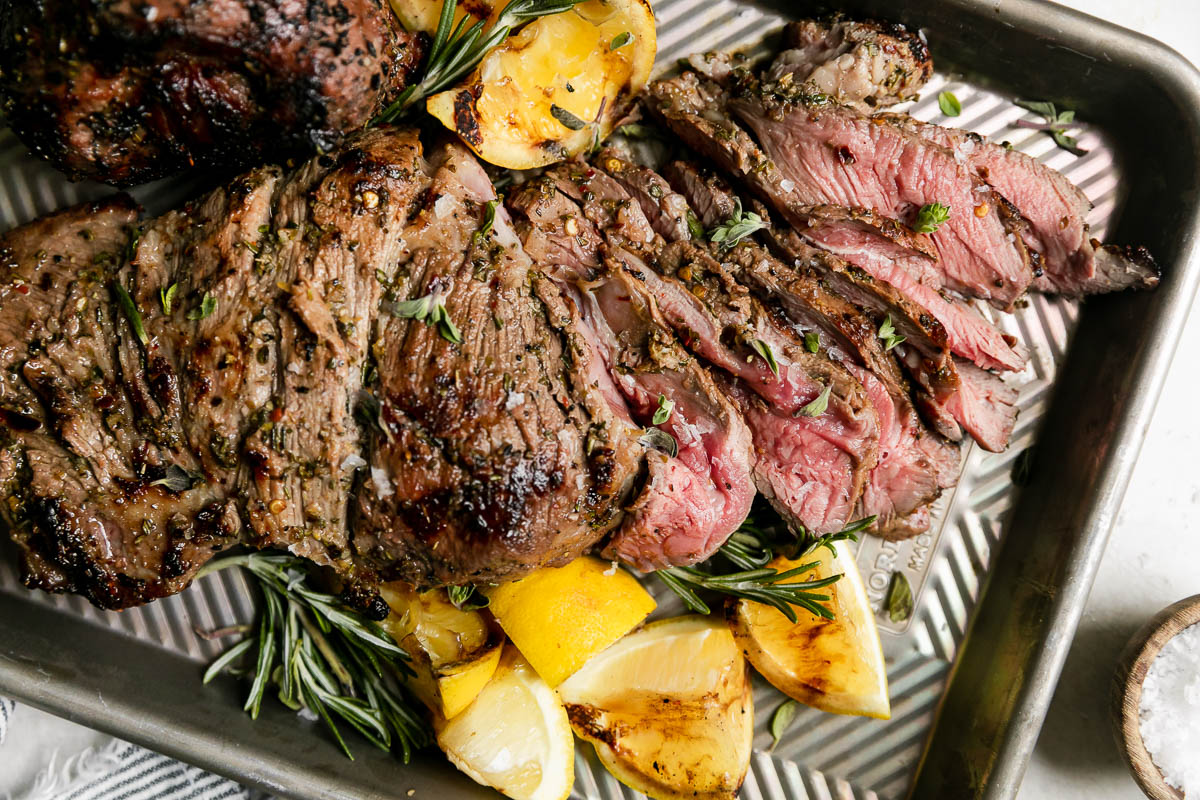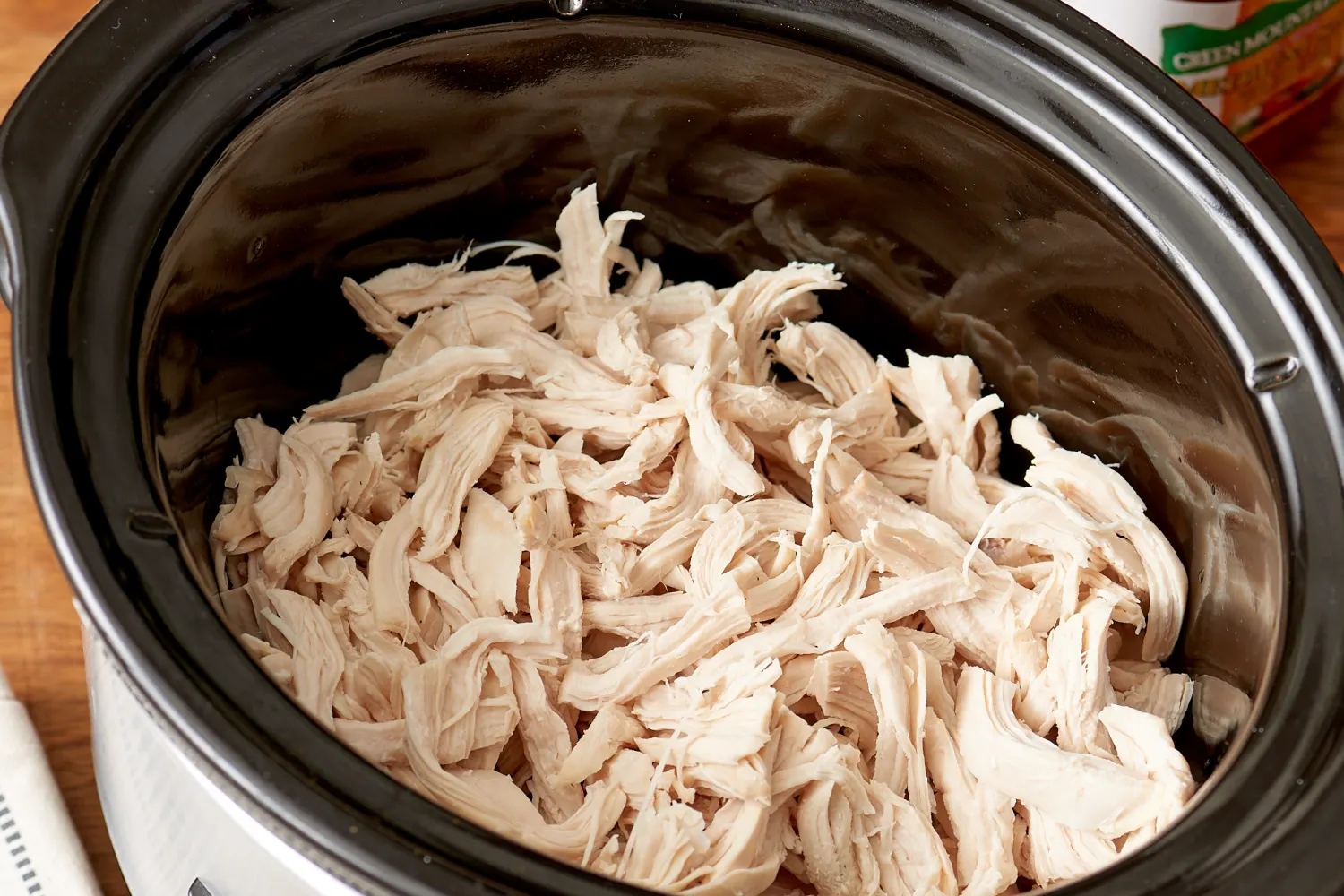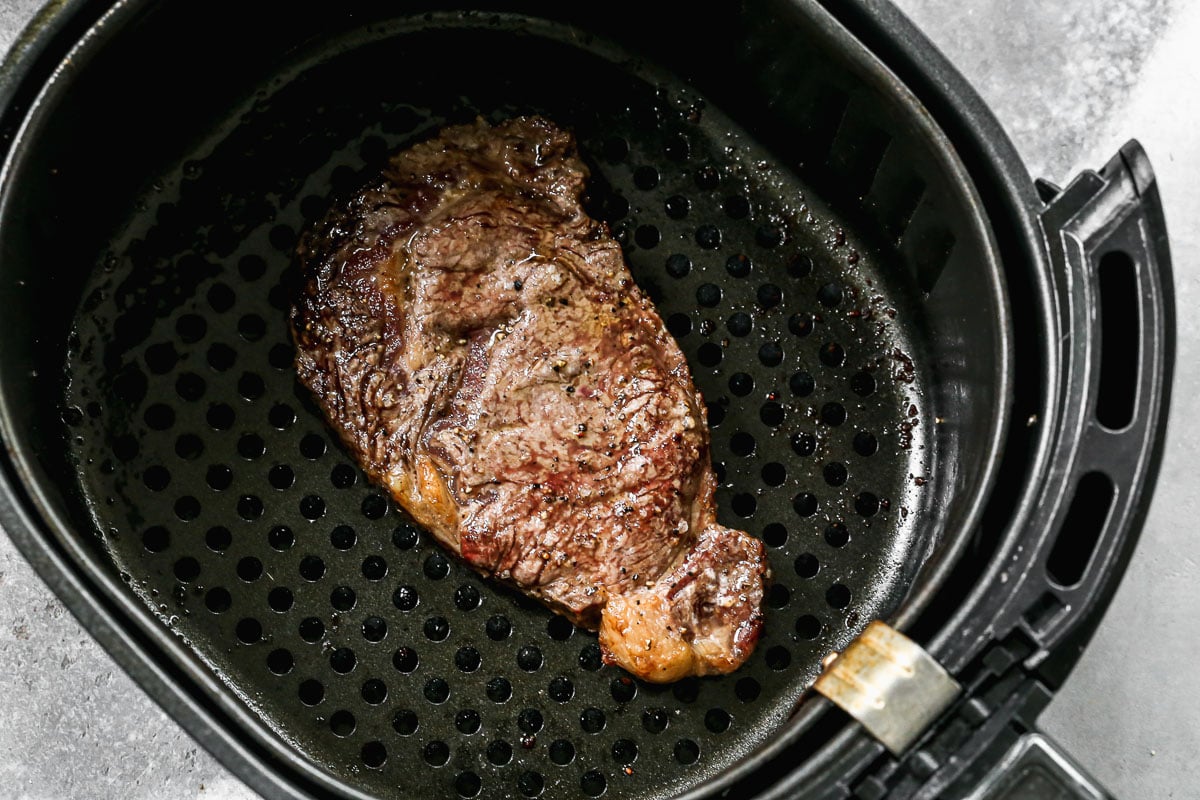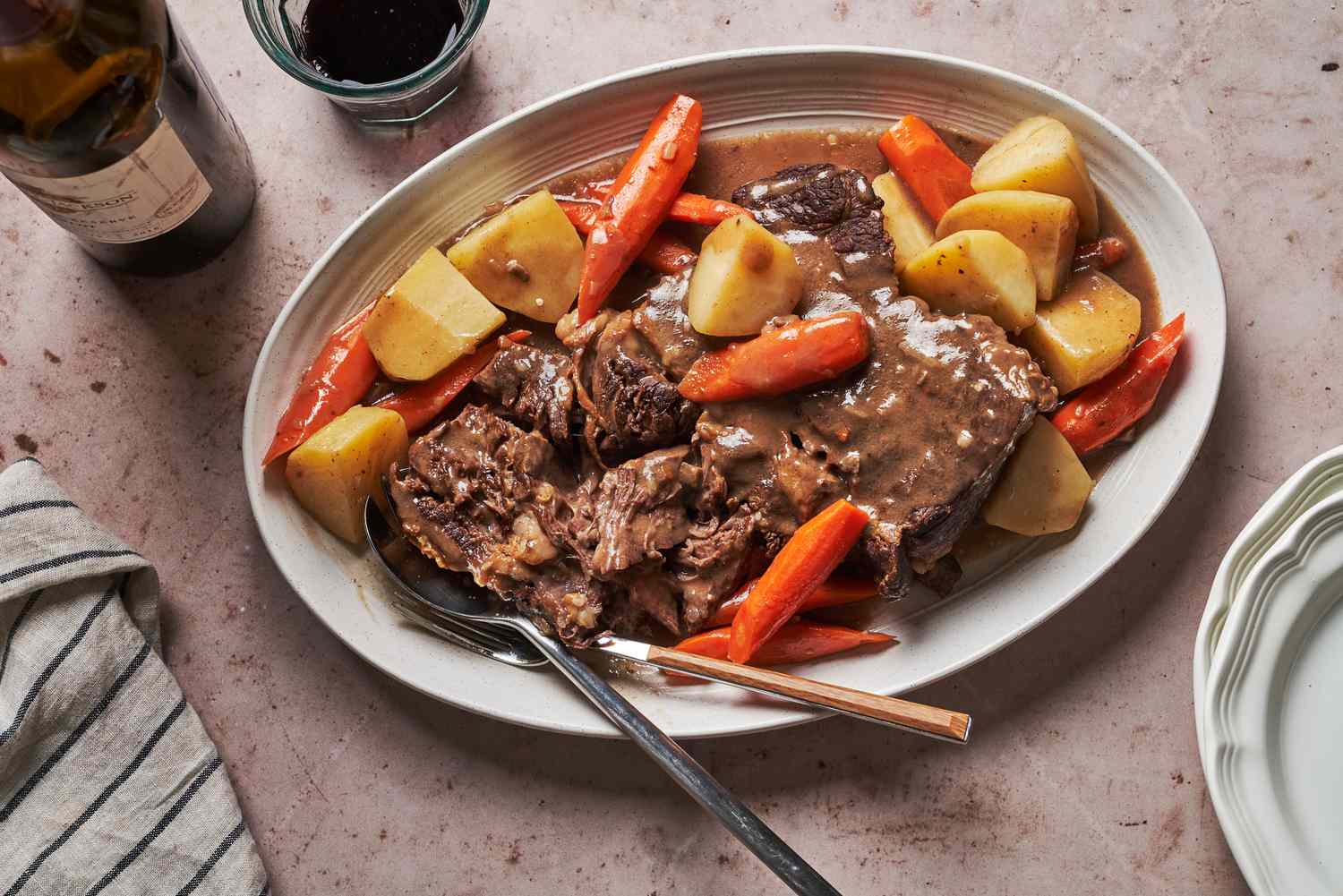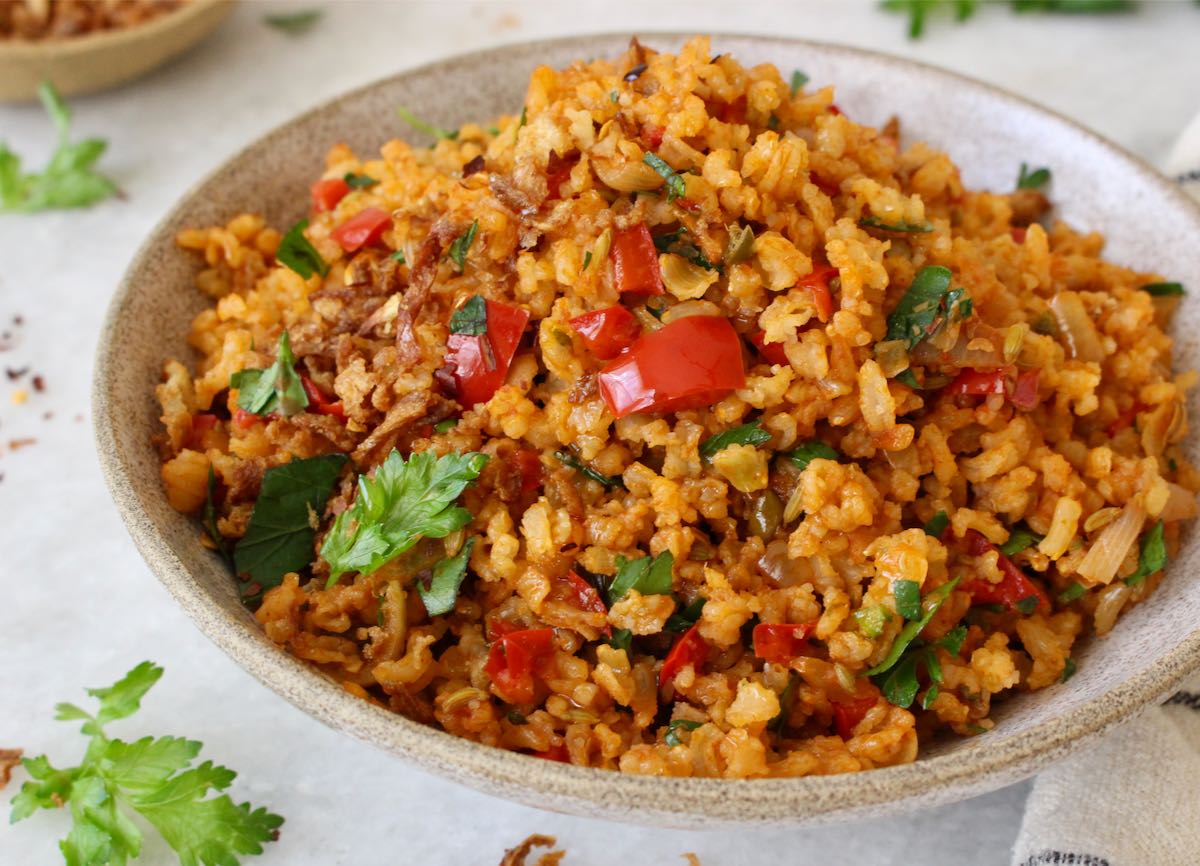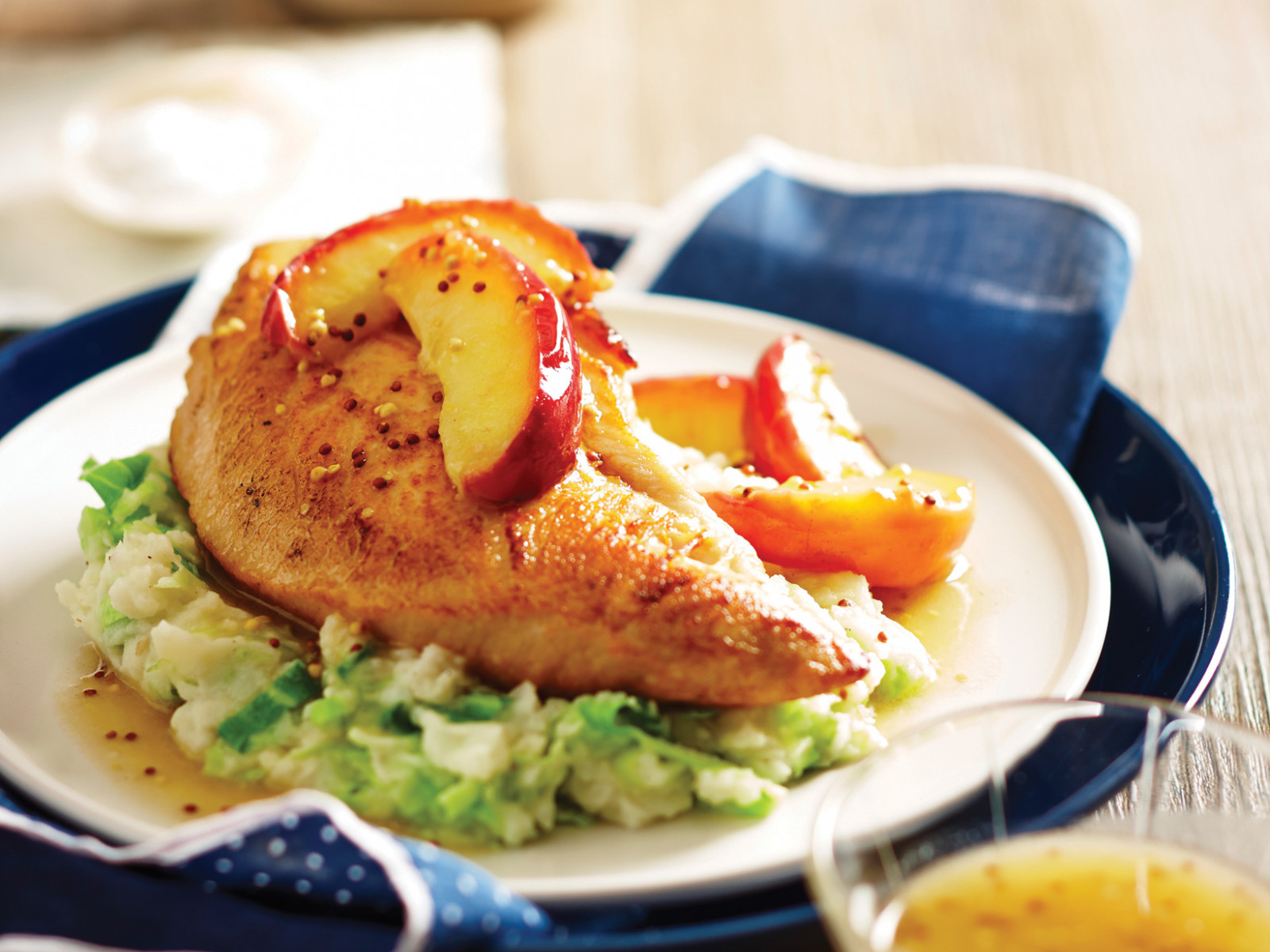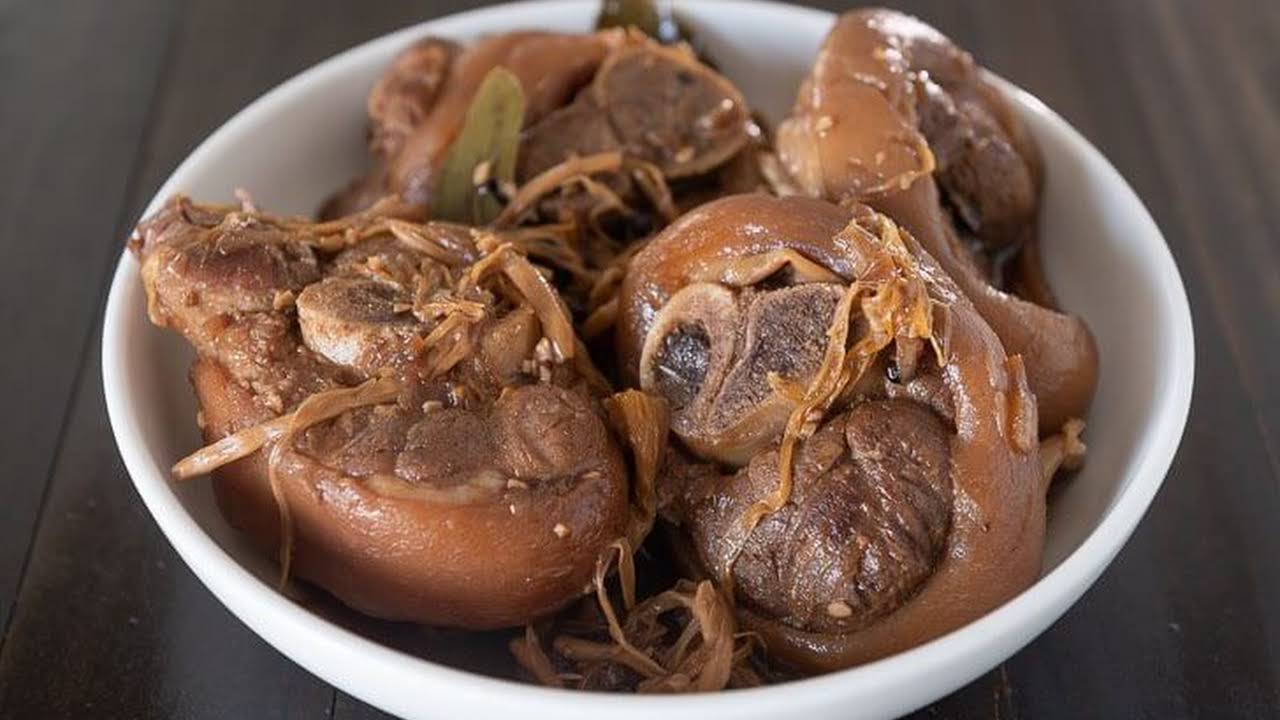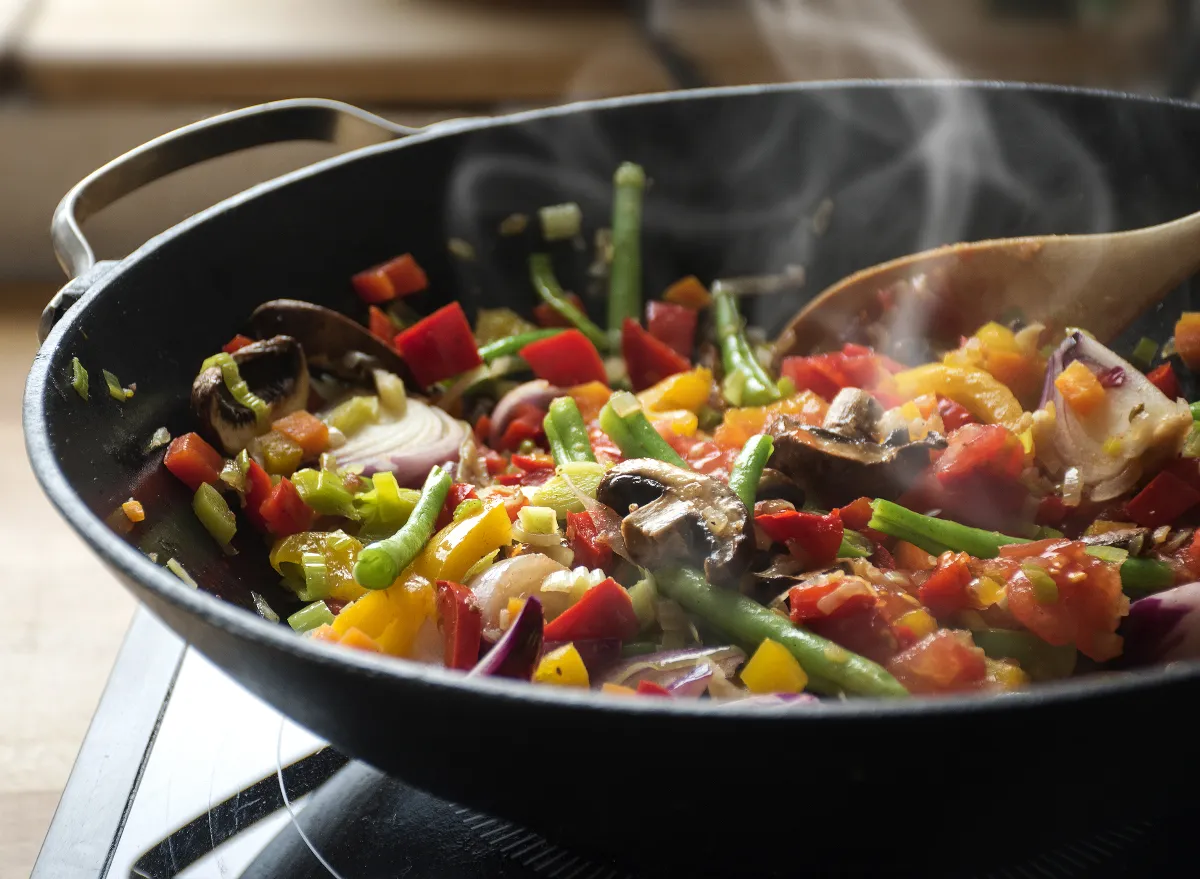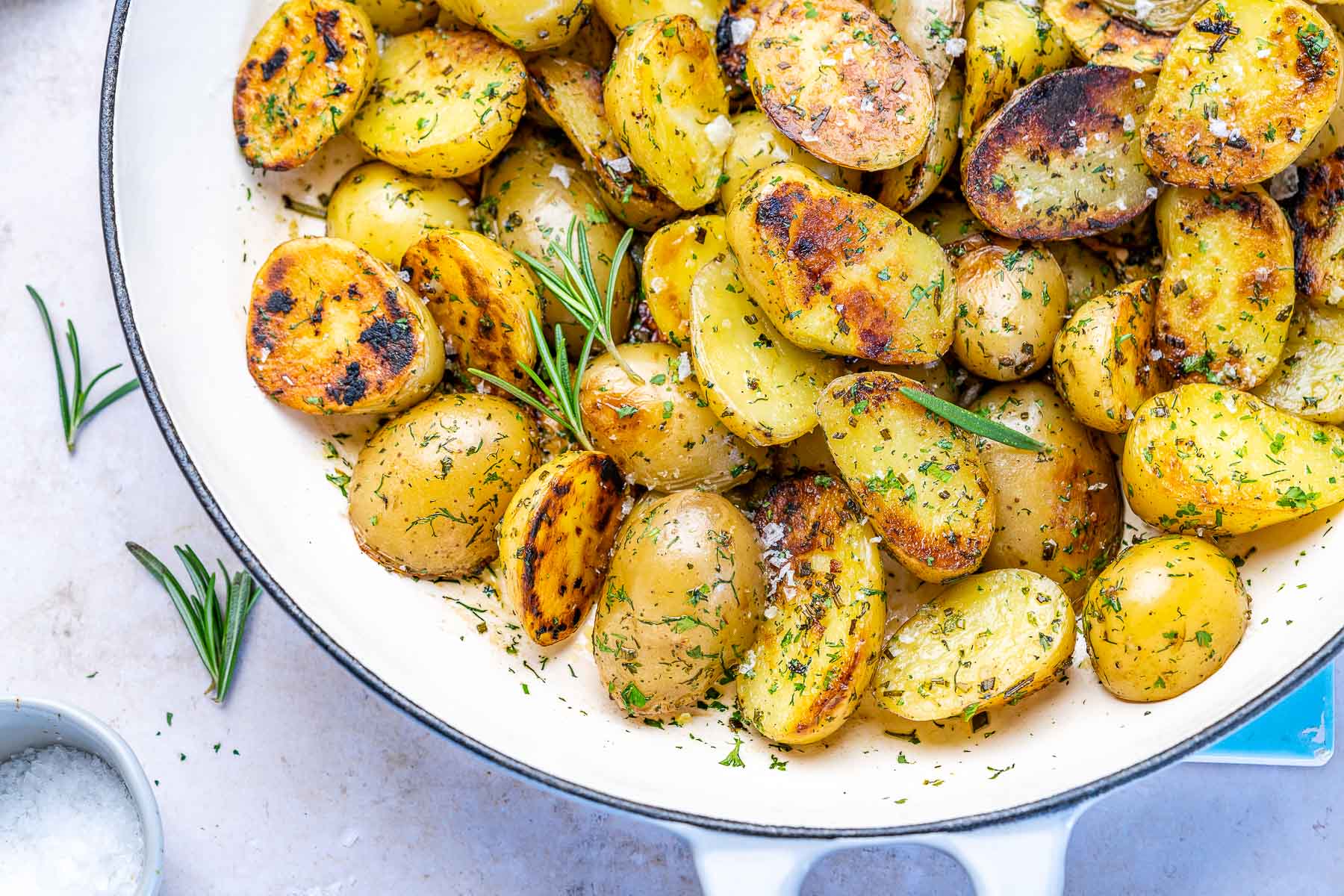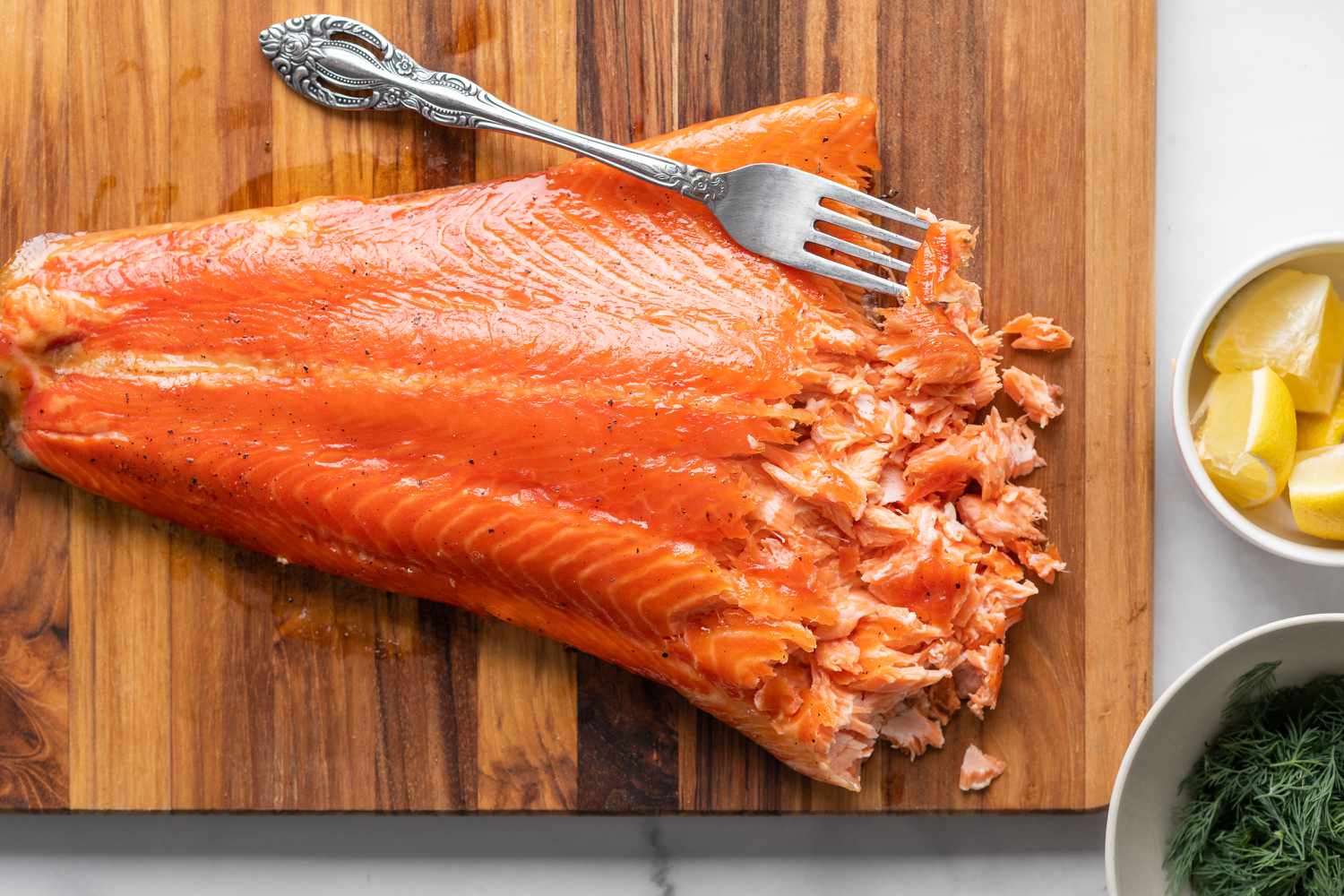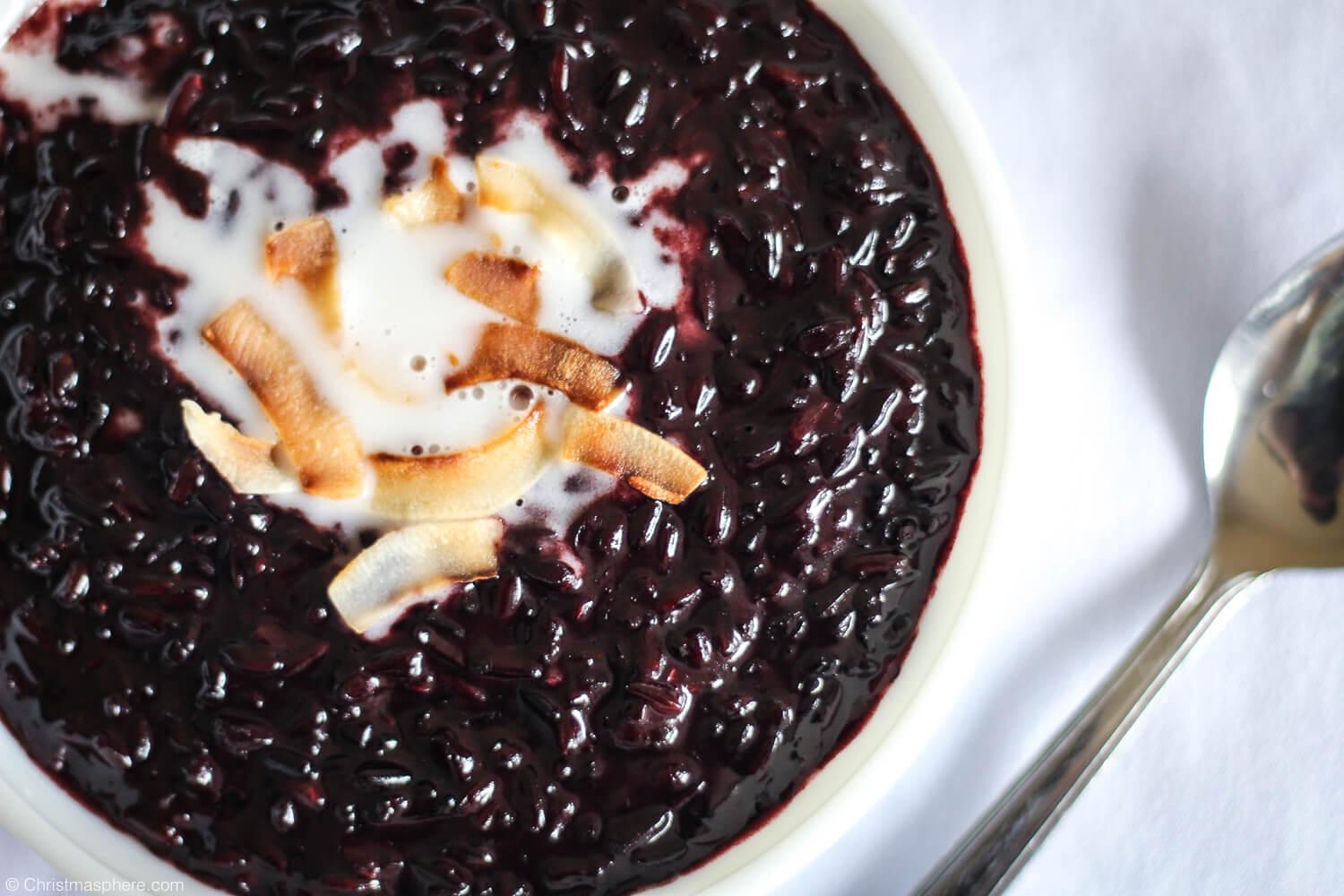Grilling Perfection: Unleash the Flavors of a Tender Leg of Lamb
Grilling is the epitome of culinary artistry, sending tantalizing aromas and smoky flavors wafting through the air. If you’re looking to elevate your grilling game, why not try cooking a succulent leg of lamb on the grill? This tender and juicy cut of meat is sure to impress your family and friends at your next barbecue feast. With a few essential steps and some expert tips, you can achieve grilling perfection and unlock the full potential of a leg of lamb.
Choose the Right Cut
Before you embark on your grilling adventure, it’s crucial to select the right cut of lamb. Look for a bone-in leg of lamb, preferably from a trusted local butcher or high-quality meat supplier. Bone-in cuts tend to impart more flavor and ensure even cooking throughout the meat.
Prepare for Flavor Explosion
A leg of lamb is like a blank canvas waiting to be infused with delectable flavors. Give it a good marinade to enhance its natural taste and tenderize the meat. Here’s a simple marinade recipe to get you started:
- Combine olive oil, minced garlic, freshly squeezed lemon juice, chopped fresh herbs (such as rosemary, thyme, and mint), and a sprinkle of salt and pepper.
- Place the leg of lamb in a shallow dish and pour the marinade over it, making sure to coat it thoroughly. Cover the dish and refrigerate for at least 4 hours or overnight for maximum flavor infusion.
Remember to bring your marinated leg of lamb to room temperature before grilling, as this ensures more even cooking.
Master the Grill Heat
The key to grilling the perfect leg of lamb lies in achieving the ideal temperature on your grill. Preheat your grill to medium-high heat, or approximately 400°F (204°C). This allows for a nice sear on the outside while maintaining a juicy interior.
Grilling Technique
Now comes the exciting part—grilling your marinated leg of lamb! Follow these steps to ensure a beautifully cooked result:
- Remove the leg of lamb from the marinade and let any excess drip off.
- Place the leg of lamb directly on the grill grates, fat side down, to sear it. Grill for about 5 minutes per side, rotating it to achieve those enticing grill marks.
- Once seared on all sides, move the leg of lamb to indirect heat. Lower the grill temperature to medium, approximately 350°F (177°C).
- Cook the lamb leg using indirect heat, flipping it occasionally, until it reaches your desired level of doneness. For a medium-rare result, it should take around 20-25 minutes per pound. Use a meat thermometer to check the internal temperature, aiming for 135°F (57°C) for medium-rare, or adjust according to your preference.
- Remove the leg of lamb from the grill and let it rest for 10-15 minutes. This allows the juices to redistribute and ensures a moist and flavorful end result.
Slice the leg of lamb against the grain and serve it with your favorite side dishes, such as roasted vegetables or a refreshing mint sauce.
An Unforgettable Culinary Triumph
Grilling a leg of lamb on the grill is a true triumph of flavors. With the right cut, a tantalizing marinade, and careful grilling techniques, you’ll create a memorable dining experience that will leave everyone craving more. So, fire up your grill, unleash your inner grill master, and embark on an extraordinary journey of taste with a perfectly grilled leg of lamb.
Was this page helpful?
Read Next: How To Cook Pork Chops In The Instant Pot
